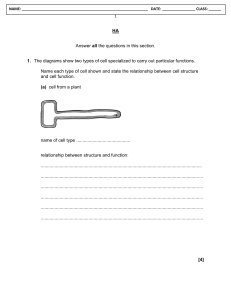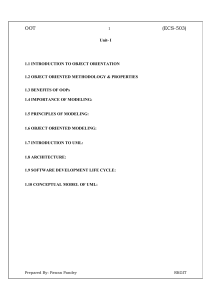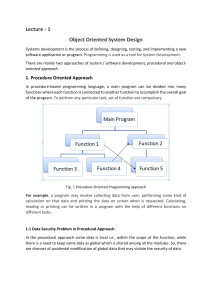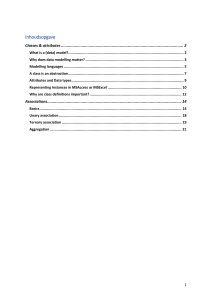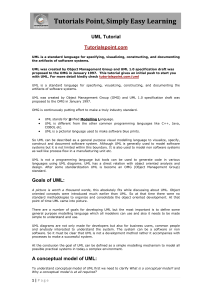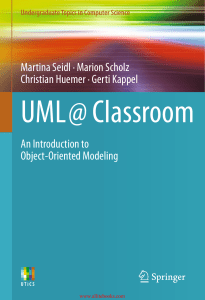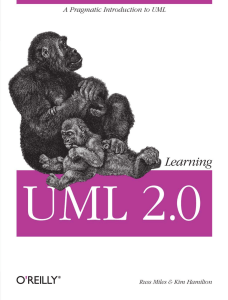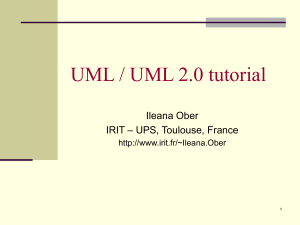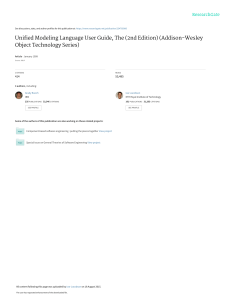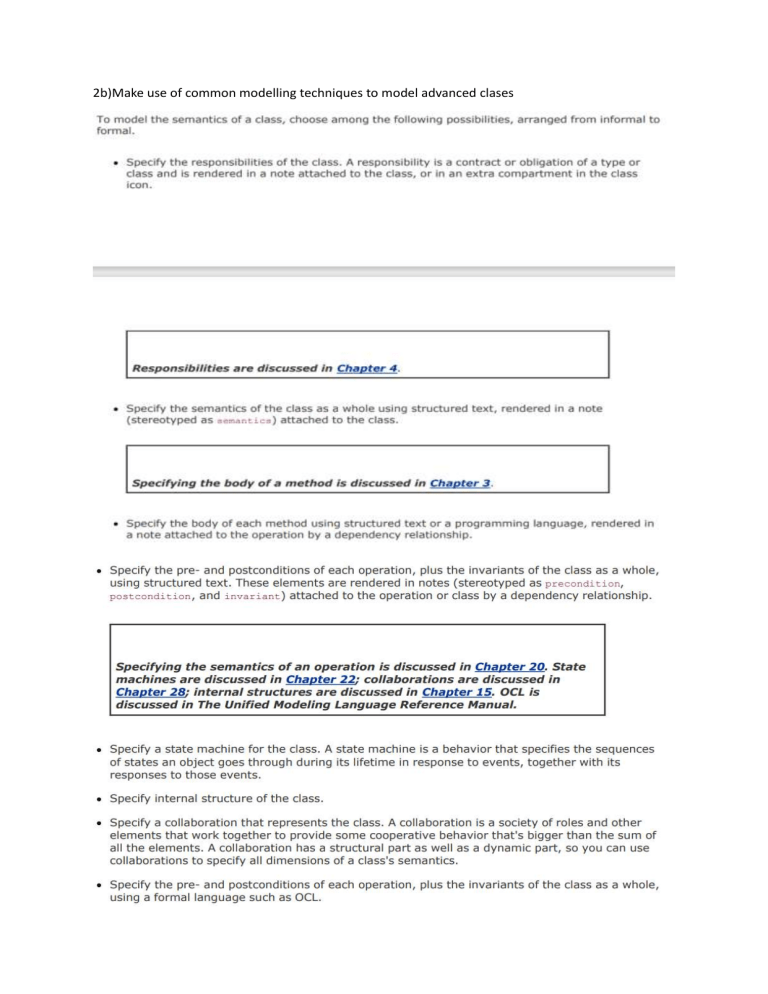
2b)Make use of common modelling techniques to model advanced clases 3b) Explain common modelling techniques of packages Unit 5 1a) 3a) 3b) Modeling timing constraints involves specifying the time-related properties of a system, including deadlines, timeouts, and delays. The following are the steps involved in modeling timing constraints: Identify the timing constraints: Identify the specific timing requirements for the system under consideration. These requirements can come from the functional requirements of the system, performance requirements, or external constraints. Determine the timing properties: Determine the timing properties that need to be modeled. These properties include start and end times, duration, delays, and deadlines. Define the timing constraints: Define the timing constraints in the UML model. This can be done using a variety of UML diagrams, such as sequence diagrams, statecharts, or activity diagrams. For example, sequence diagrams can be used to model the order of message exchanges between objects, while statecharts can be used to model the behavior of a system over time. 4.Use timing notation: Use the appropriate timing notation to represent the timing constraints in the UML diagram. UML provides several notations for modeling timing constraints, such as time intervals, time events, and time expressions. Validate the model: Validate the model to ensure that it meets the timing requirements. This can be done through simulation, analysis, or testing. The validation process should ensure that the system behaves as expected under different timing conditions. Unit 4 2b)
